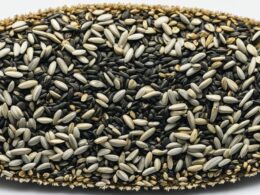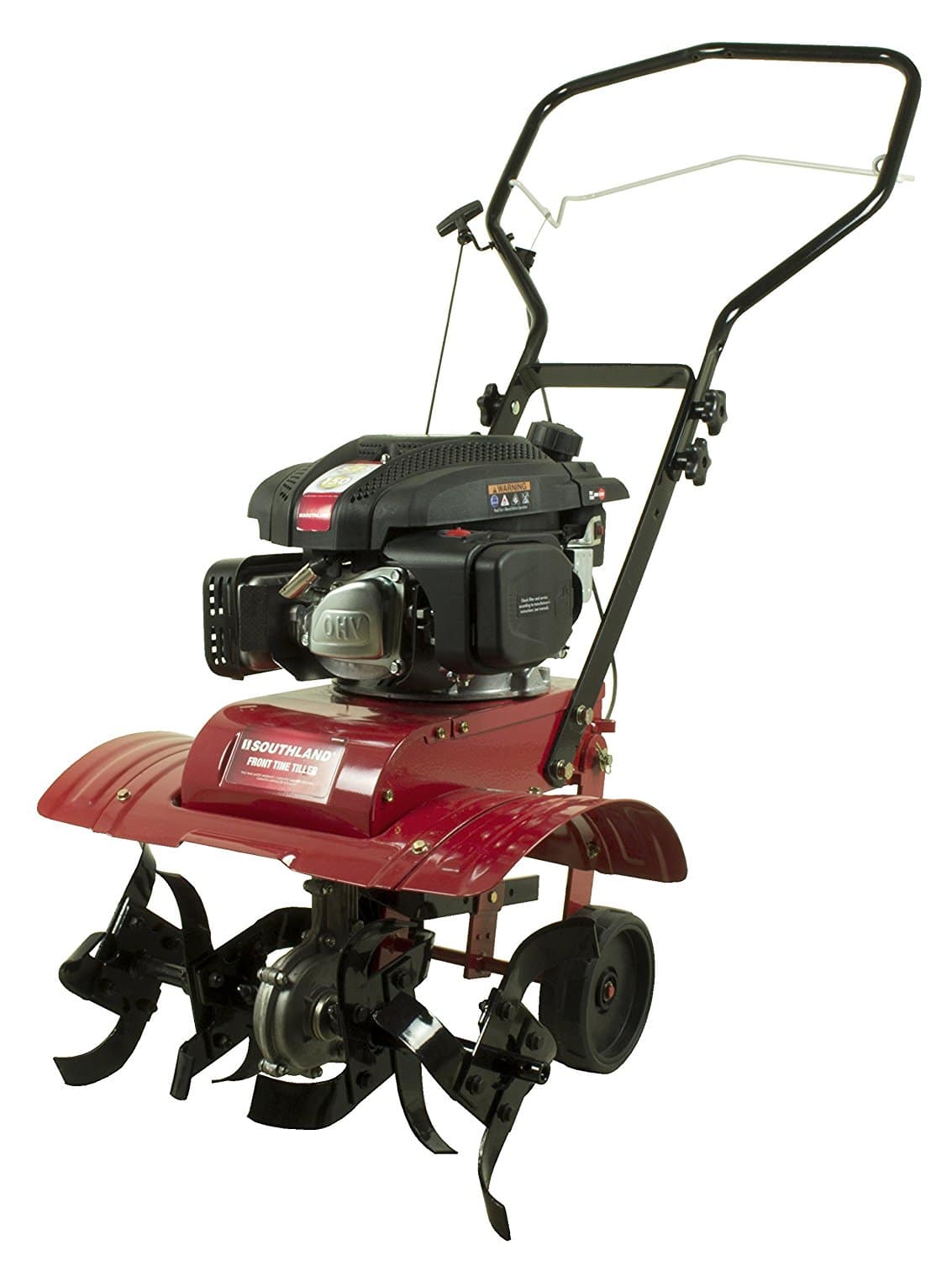If you’re considering adding a touch of vibrant color to your landscape, the Chinese Pistache tree might be the perfect choice. This article will provide you with valuable insights into the pros and cons of planting a Chinese Pistache tree in your garden, along with helpful tips for successful cultivation.
Chinese Pistache Tree: A Versatile and Beautiful Addition to Any Landscape
The Chinese Pistache tree is a versatile and attractive addition to any landscape. Native to China, Taiwan, Afghanistan, and the Philippines, this tree can thrive in diverse garden settings. Its adaptability allows it to flourish in various soil conditions, making it a versatile choice for gardeners.
One of the standout features of the Chinese Pistache tree is its stunning fall colors. As autumn approaches, the tree’s leaves transform into vibrant hues of red, orange, and yellow, adding a burst of color to the landscape. This natural display of fall foliage makes the Chinese Pistache tree a highly sought-after choice for homeowners and landscapers.
In addition to its fall color, the Chinese Pistache tree is prized for its hardiness and adaptability. It can withstand periods of drought and high temperatures, making it suitable for a wide range of climates found in the United States. Whether you live in a hot and arid region or a cold and snowy area, the Chinese Pistache tree can thrive in your garden.
The tree features arching, pinnate leaves that provide shade and form an umbrella-like canopy. This feature is not only aesthetically pleasing but also practical for creating shaded areas in your landscape. Whether you want to relax in a cool spot or protect delicate plants from the scorching sun, the Chinese Pistache tree can serve as a natural shade provider.
Another advantage of the Chinese Pistache tree is its low-maintenance nature. Once established, it requires minimal care, making it ideal for individuals with busy schedules or those looking for hassle-free landscaping options. Its well-behaved roots also make it safe to plant near structures, ensuring that your garden remains structurally sound.
In summary, the Chinese Pistache tree is a versatile and beautiful addition to any landscape. Its adaptability, stunning fall colors, hardiness, and low-maintenance requirements make it an excellent choice for gardeners. Whether you want to enhance the beauty of your garden or create a shaded oasis, the Chinese Pistache tree is a reliable and attractive option.
Tips for Growing and Caring for Chinese Pistache Trees
To successfully grow and care for Chinese Pistache trees, it is important to consider the appropriate growing zone for your region. This tree is best suited for USDA hardiness zones 5 to 9, where it can thrive in a variety of climates and conditions.
When planting a Chinese Pistache tree, choose a location that receives full sun and has well-drained soil. The tree dislikes excessive moisture, so ensure the planting area has good drainage to prevent waterlogging.
During the establishment phase, it is crucial to water the tree deeply and thoroughly. This encourages the development of a healthy root system. Once established, Chinese Pistache trees are relatively drought-tolerant.
Pruning is an important aspect of caring for Chinese Pistache trees. By removing any dead, damaged, or crossing branches, you can promote healthy growth and maintain an attractive shape. It is recommended to prune the canopy in early spring before new growth begins.
If you want to propagate Chinese Pistache trees, you can do so through stem cuttings or seeds. Stem cuttings should be taken during the dormant season and rooted in a well-draining medium. Seeds can be collected from mature fruits and planted in a similar medium, though they require a longer germination period.
While Chinese Pistache trees are relatively resistant to pests, they can be susceptible to diseases like verticillium wilt and root rot. To minimize the risk of disease, ensure proper watering and drainage, and promptly remove and dispose of any infected plant material.
By following these tips for growing and caring for Chinese Pistache trees, you can enjoy the beauty and benefits of this versatile tree in your landscape.
What Are the Pros and Cons of Chinese Pistache Trees Compared to Soft Maple and Hard Maple Trees?
Chinese Pistache trees offer vibrant fall foliage and drought tolerance, but their berries can be messy. Soft maple wood is lighter and less durable than hard maple wood. Hard maple trees, while slower-growing, provide stronger wood for furniture and flooring. Ultimately, the choice between the three depends on specific landscaping and woodworking needs.









